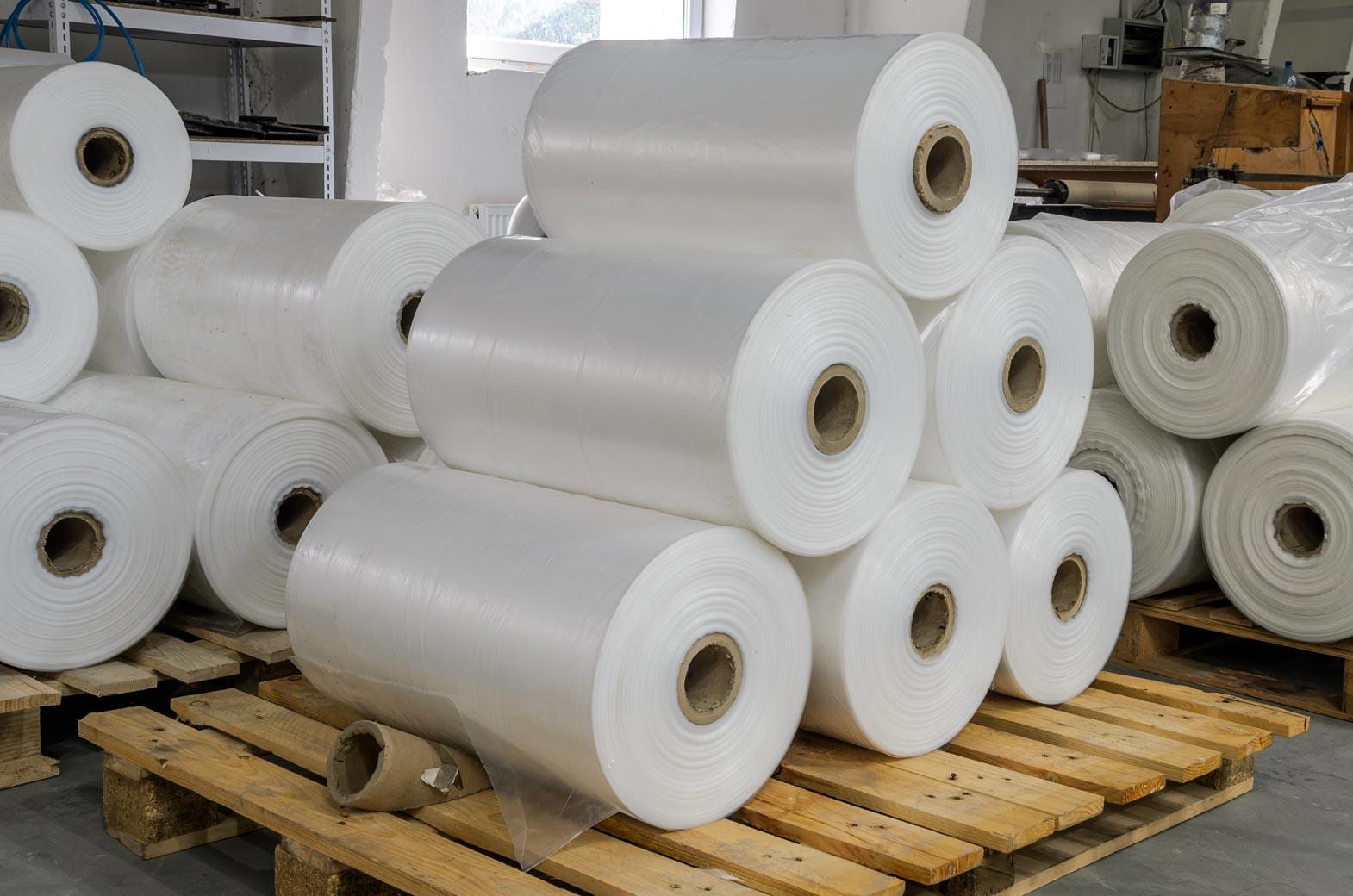With the development of the human race, the demand for innovative fibers has escalated. The purpose of these fibers is not confined to making garments, but their use is mainly concerned with technical textiles, which serve several objectives in various industries. Today, the technical textile industry is blooming with abundant natural and synthetic fibers. The synthetic fibers are produced when the natural fibers undergo certain special chemical processes, or sometimes the synthetic fibers are obtained directly from chemicals. The synthetic fibers include polyester, nylon, carbon, polypropylene, and polyethylene.
Polyethylene has become popular for its multiple uses. Polyethylene is a polymer, in the synthesis of which, several ethylene monomers are combined. In simple words, polymers are a larger set of molecules that are formed with smaller molecules known as monomers. Ethylene is a hydrocarbon, which is chiefly used in the chemical industry. The overall production of ethylene in the world is more than any other organic compound. The strands of polyethylene fiber were earlier produced commercially on a small scale by traditional melt extrusion and drawing of polymers made by the high-pressure type of polymerization process.
This fiber has an even and smooth surface with a round cross-section. Also, the fibers made from low molecular weight polyethylene have a grease-like handle. The chief characteristics of polyethylene are that it is rigid, hard, and a dimensionally firm material. These properties impart great strength to the polyethylene fibers, and it requires higher energy to break it because of its specific modulus and high specific strength. The fiber retains almost a negligible amount of moisture, following which, moisture doesn't affect the mechanical properties.
Polyethylene fibers also show a high degree of barrier to acids and alkalis at all concentrations even at high temperatures; also, the good gas and chemical resistance properties against greases and oils give it an upper hand over other synthetic fibers. The polyethylene fibers remain insoluble in most common organic solvents at room temperature. The polyethylene can be extremely see-through and colorless, but this doesn't hold true for the thicker sections, which are usually dense and off-white in color.
Polyethylene also has good self-extinguishing properties, good ultraviolet resistance, and excellent electrical and chemical resistance. Another factor that imparts polyethylene with distinctiveness is its good abrasion resistance.
One of the major issues concerning polyethylene is that although ethylene can be produced from renewable sources, polyethylene is made from petroleum or natural gas. Another problem with polyethylene is that it is not biodegradable and thus accumulates. It requires special treatment to recycle polyethylene. In New Zealand alone, approximately
7 percent of the weight in the waste stream is due to plastics and polyethylene is only one of the many plastics contributing to this figure.
Although recycling of post-consumer polyethylene can offer an opportunity to reduce the amount of the waste material in the solid waste stream, but the economic considerations must also be taken into account. However, considering that today the annual global production of polyethylene is 80 million tonnes approximately, it has become almost inevitable to control the waste created by increasing use of polyethylene.
Polyethylene is used in medical implants, cable and marine ropes, sail cloth, composites like pressure vessel boat hulls, sports equipment, impact shields, insect-proofing nets, fish netting, filter cloth, threads for sewing Tatami mats and concrete reinforcement. Polyethylene is also used in protective clothing. It can be used in radar protective cover following its low dielectric constant and can be used as a lining material of a pond which collects evaporation of water and containment from industrial plants. It is also particularly useful in geotextile applications. Geotextiles are porous fabrics which, when used in association with soil, have the ability to separate, filter, reinforce, protect or drain. Polyethylene is also used in bulletproof jackets because of its strength.
Mechanical properties of Polyethylene depend on the molecular weight, crystal grouping and branching. The common polyethylene fibres have specific gravity of 0.92, tenacity of 1.0-1.5 grams per denier, elongation at break is 45-50 percent, tensile strength of 15000 psi (per square inch) and softening range of 85-90 degree Celsius. Polyethylene can be manufactured through several production processes, mainly as high density and low density product. But while polyethylene can be made through two processes, producers can use different methods anionic addition polymerization, radical polymerization, and cationic coordination polymerization to manufacture the product as per their requirement. And the selection depends on what mechanical property polyethylene should have ranging from extent and type of branching, the molecular weight, and the crystal structure. High-density polyethylene, also called linear polyethylene, is much stronger than low-density based polyethylene. However, low-density polyethylene is cheaper and easier to make.
Today, polyethylene is also produced from sugarcane. It can also be derived from feedstocks like wheat grain and sugar beet. Brazil is the first country to retrieve polyethylene from cane sugar, i.e. plant biomass renewable feedstock. These developments are using renewable resources rather than fossil fuel. Though the debate on polyethylene waste is still going on, but the developments like producing the fibres from biomass renewable feedstock are a positive sign in the environmental friendly direction. The use of polyethylene is subject to an impressive number of factors and researches are in progress to achieve a closer collaboration between the environment and polyethylene use. The technical textile requires use of polyethylene and these developments can guarantee minimum impact on environment.
References:
1. Jcfa.gr.jp
2. Wikipedia.com
3. Textilelearner.blogspot.com
4. Ccgrass.com
5. Nzic.org.nz








Comments